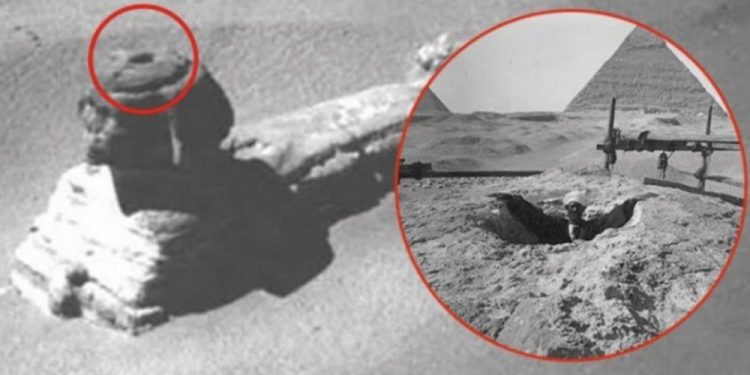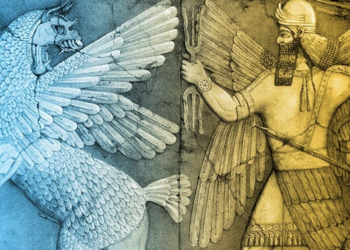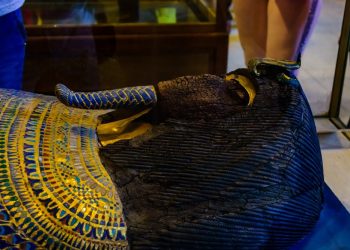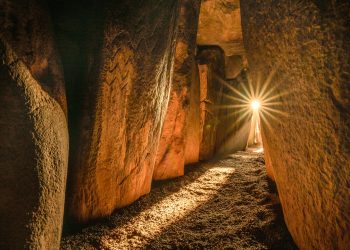In addition to the pyramids at Giza, other monuments adorn the plateau with their architectural beauty and legends. The Great Sphinx of Giza, the most giant monolithic statue on the planet’s surface, is perhaps as mysterious as the pyramids’ history. Some even say it’s not the Pyramids we should be looking at with awe, its the Great Sphinx.
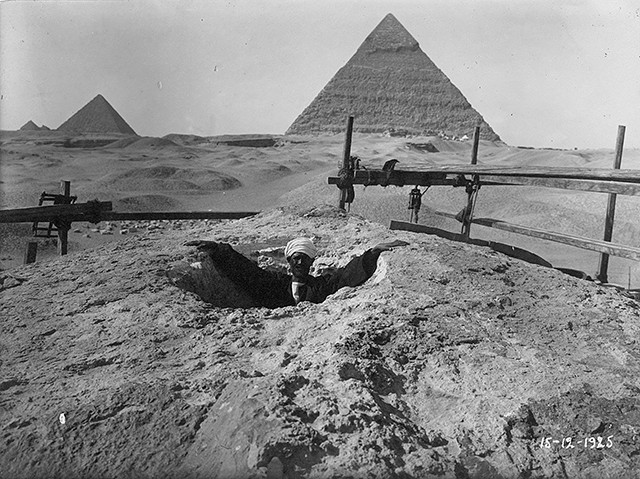
Scholars have no idea who erected this majestic monument only adds to the mystery of the Great Sphinx, which has already been the center for countless speculations connecting it to lost civilizations and extraterrestrial beings. The massive monument standing guard at the pyramids’ footsteps is one of the most appreciated monuments as mysterious as beautiful. Archaeologically speaking, it is one of the most enigmatic monuments ever found since scholars have absolutely no idea who built it and its original purpose.
Rare and old images of the Sphinx show a monument much different than what we see today. Before countless restorations, there were several visible cavities supposedly leading inside the monument. These cavities or ‘doorways’ have long since been covered up and are no longer visible today. However, Matt Sibson from YouTube’s Channel ‘Ancient Architects‘ firmly believes there is something hidden deep beneath the Sphinx, and a pair of ancient stelae removed from the Sphinx in the 19th century may help prove his point.
Mr. Sibson explained that when the great Sphinx was discovered and ‘dug up,’ three stelae were standing in front of it. The Dream Stela is thought to have been placed there by King Thutmose between 1479 BC and 1425 BC. It remains at the site, but another two created by Ramesses the Great over two centuries later existed near the Sphinx. The two stelae were removed from the site and are now at the Louvre museum in Paris. The narrator from Ancient Architects argues there’s something strange about them, and “little has been spoken about them since they were removed from the Sphinx” is worth researching further.
https://www.youtube.com/watch?v=Rfd9pFEbZA0
And after discovering an image of one of the two missing stelae in the book: “Operations Carried on at the Pyramids of Giza” written by explorer Howard Vyce in 1837, Sibson made a surprising discovery. “There’s a Sphinx on the top of a platform, with Rameses the Great next to it and giving an offering. The Sphinx is sitting on top of what looks like a doorway. On the Dream Stele, there is also a doorway beneath the Sphinx which backs it up,” he explained in an interview with the Daily Star. Most importantly, Sibson noted that Vyce claimed in his book that the people who excavated the Sphinx “found a doorway under the Sphinx, which could have pointed to a cavity underneath it.”
“What does the other one show? It needs to be re-analyzed and brought back to life. It could shed more light on the doorway,” Sibson said. “I think there is something underneath there. There are many tunnels under the Giza plateau”. In his video, Mr. Sibson explains that the book by Howard Vyse was also the main source of information. However, long before Sibson, different experts have studied the possible chambers and doorways beneath the Sphinx. Scientists from the Waseda University in Japan investigated these theories of chambers, cavities, and doorways beneath the Sphinx. They found hollow parts in the ground located just south of the Sphinx, and cavities range from 2 to 3 meters inside.
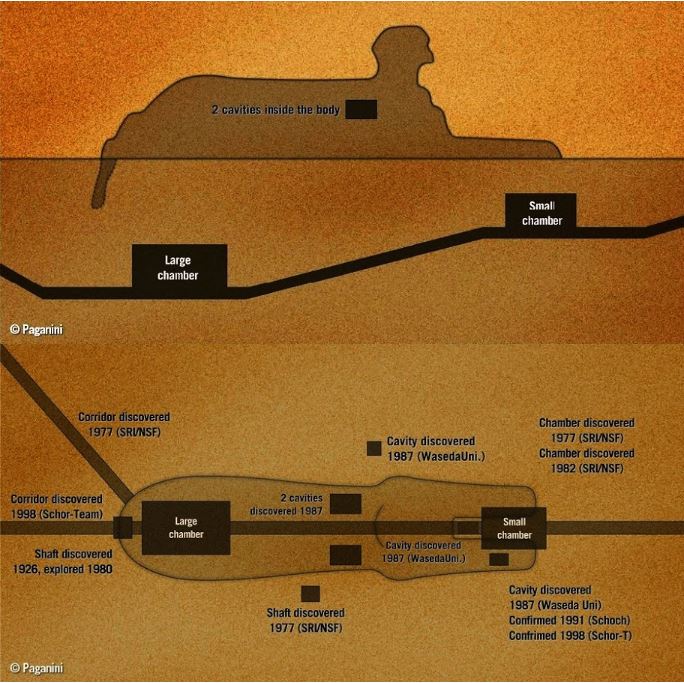
Curiously, they also found a groove on the Sphinx body that extends beneath the ancient monument. Experts from Waseda University also found that to the north of the Sphinx were similar grooves, which suggest there could be a tunnel (or tunnels) that leads directly beneath the Sphinx, connecting the southern and northern cavities. Furthermore, they also discovered hollow cavities just in front of the Sphinx’s paws. And it is precisely these alleged chambers that lead directly beneath the Sphinx into entirely unexplored parts. Experts from Japan eventually concluded that the Great Sphinx contains more cavities than were previously known. (Source) (Source) (Reference)



